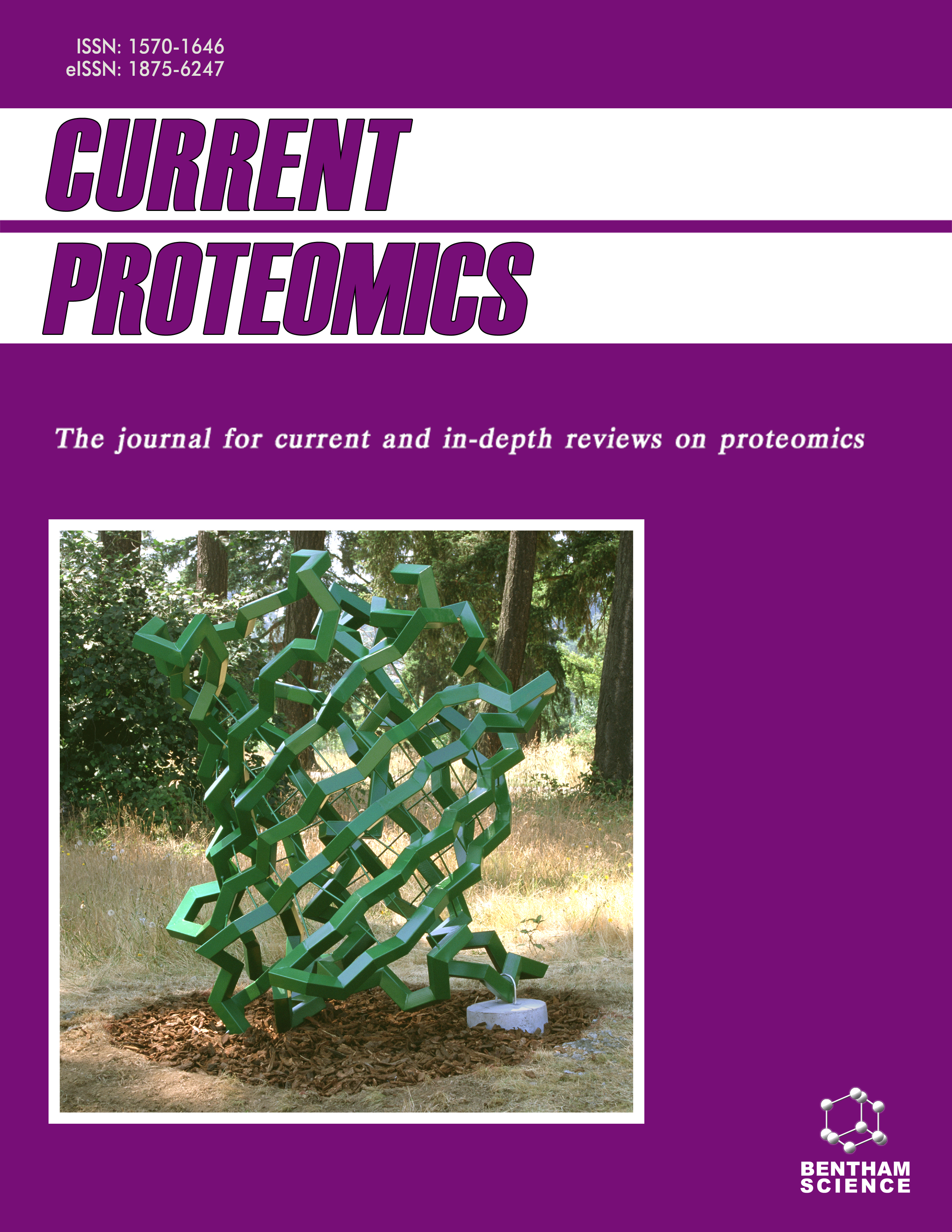
Full text loading...
We use cookies to track usage and preferences.I Understand
Diabetic kidney disease (DKD) is a common microvascular complication of diabetic mellitus (DM). At present, the early diagnosis of DKD mainly depends on microalbuminuria, which is prone to be affected by confounding factors such as urinary tract infections.
To identify the more stable early diagnosis markers, the whole proteome in the circulating exosomes from controls, DM patients, and DKD patients was quantified by label-free proteomics analysis and then validated with parallel reaction monitoring.
Three hundred ninety-one quantitative proteins were detected, and the expression trends of 7 proteins in the validation phase were consistent with that in the discovery phase. The expression level assessment results revealed that the expression of EFEMP1 and ApoA4 in the DKD group was significantly higher than those in DM and controls. Correlation analysis showed that EFEMP1 and APOA4 were positively correlated with urinary microalbumin and urinary albumin creatinine ratio and had excellent diagnostic values for distinguishing DKD from DM and controls.
ApoA4 and EFEMP1 could serve as the early diagnosis markers of DKD. These findings provide a possibility for the development of a clinical diagnostic index that can efficiently distinguish DKD from DM in the near future.

Article metrics loading...

Full text loading...
References


Data & Media loading...
Supplements

